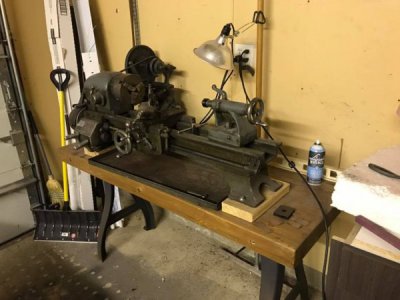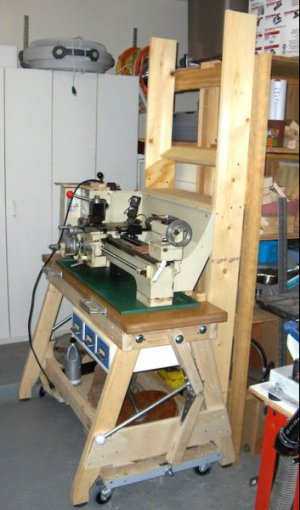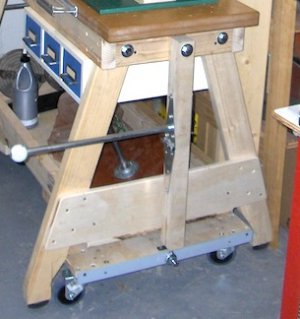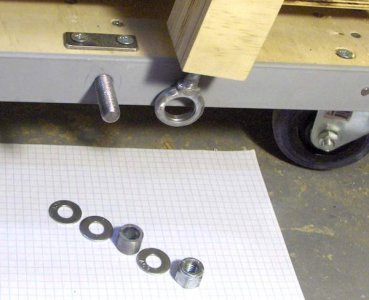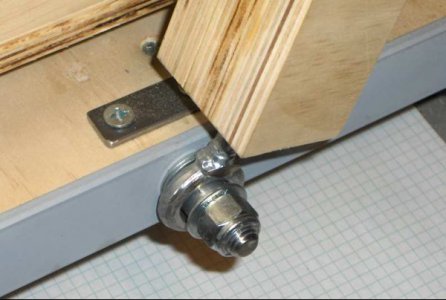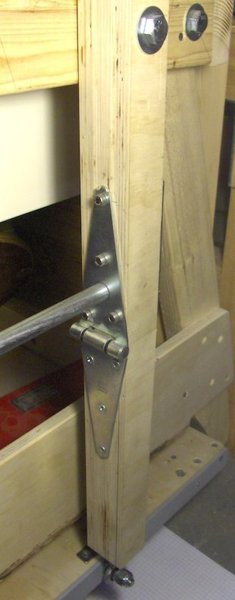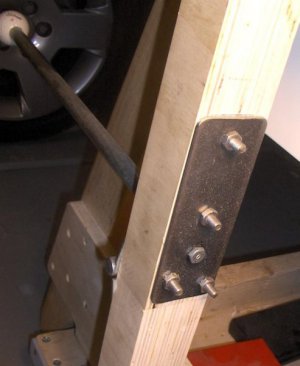Thanks all, for great replies and photos. Photos are worth a 1000 words, as the old saying goes. Glad so many people have had positive responses about wood tables.
And particularily Thanks to Mike P. for sending a very nice set of Fusion 360 table frame drawings. I think I will use Mikes drawing to make a tooling cart and a build table for some 1/4 scale railway cars I want/need to construct later this winter.
So thinking inside the box, this afternoon went out into the shop to measure the SB. Low and behold it fits perfectly on a wood carpenters table that I have had covered in junk, chucks, and tool boxes for years. It's near perfect in size @ 24" x60". Hadn't even thought of it till I went over to pick up a measuring tape out of the tool box! Lo and behold there it was! This will be a big time saver as I should be receiving a used countershaft this week off eBay, and want to get busy putting the lathe back into service ASAP.
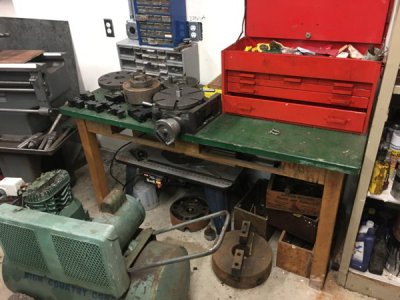
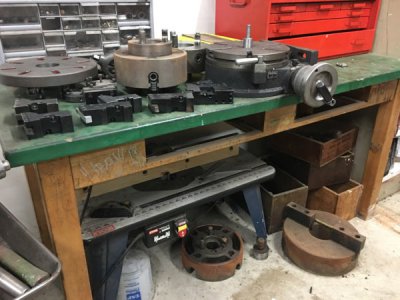
Even has provision for a couple of drawers - although I don't have the drawers. I think I will add cross beams and a lateral support near the bottom of the legs, and maybe a shelf or two on each end. Maybe some angle iron brackets at the feet with provision for bolting to the floor, so the whole thing doesn't tip over - it is fairly narrow. And the lathe and countershaft will be bolted near the outside edges.
Only other thing is I now need to make a cart or two to hold the stuff that must come off and under the table, to fit the lathe. So the standard progression of one step forward and two back. Which is where Mikes great drawings will come in really handy.
Thanks again!
Glenn




